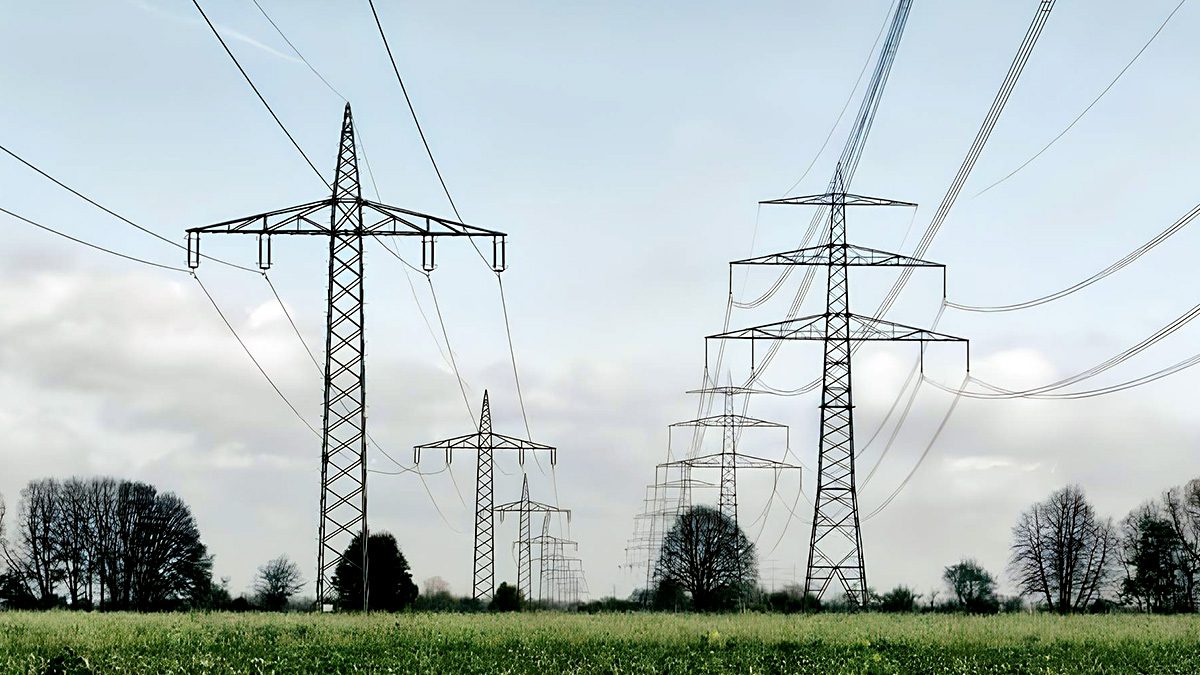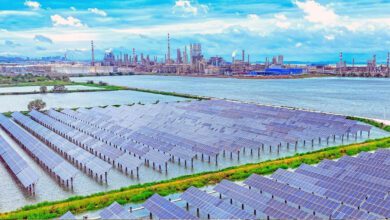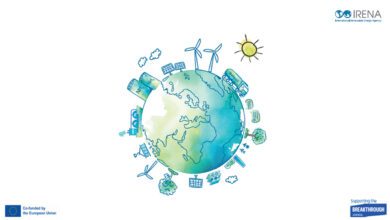India’s journey towards becoming a power-sufficient nation has reached new heights as the Union Minister for Power and New & Renewable Energy recently unveiled staggering statistics showcasing the country’s remarkable progress in the energy sector. With a comprehensive strategy encompassing infrastructure development, renewable energy integration, and market reforms, India is poised to meet its burgeoning electricity demands and propel economic growth.
Over the past decade, India has implemented transformative schemes like the Deen Dayal Upadhyaya Gram Jyoti Yojana (DDUGJY), Integrated Power Development (IPDS), and Pradhan Mantri Sahaj Bijli Har Ghar Yojana- (SAUBHAGYA), aimed at bolstering the nation’s power infrastructure and ensuring universal access to electricity. These initiatives have resulted in electrification of over 18,000 villages and provision of electricity connections to nearly 2.86 crore households, achieving 100% village electrification.
The government’s proactive measures have significantly augmented the country’s power generation capacity, witnessing a remarkable increase of 1,96,558 MW since April 2014. This surge has transformed India from a power-deficient to a power-sufficient nation, with generation capacity reaching 4,28,299 MW by December 2023.
Furthermore, improvements in transmission and distribution networks have led to increased power availability across rural and urban areas. The average power supply in rural regions has surged from 12.5 hours in 2015 to 20.6 hours in 2023, while urban areas now enjoy nearly 24-hour power supply.
The recent data released by the Central Electricity Authority (CEA) underscores India’s continued commitment to enhancing its energy infrastructure. The ongoing construction of 156 GW power capacity, coupled with an anticipated addition of 469 GW by 2031-2032, highlights the nation’s proactive approach in meeting future electricity demands.
Key initiatives such as the development of Ultra Mega Renewable Energy Parks, establishment of Green Energy Corridors, and implementation of advanced market mechanisms like Real-Time Market (RTM) and Green Day Ahead Market (GDAM) signify India’s transition towards a greener and more efficient power sector.
Furthermore, with a commitment to augment non-fossil fuel-based electricity generation capacity to over 5,00,000 MW by 2030, India is making significant strides towards sustainable energy development. Currently, about 1,79,000 MW of non-fossil fuel generation capacity is already integrated into the grid, with plans underway to integrate the remaining capacity in a phased manner.
The government’s relentless efforts to reduce Aggregate Technical & Commercial (AT&C) losses and address legacy dues of generating companies have also contributed to the sector’s viability and financial stability.
India’s ambitious yet pragmatic approach towards energy development underscores its resolve to meet the challenges of rapid urbanization, industrialization, and digitalization while ensuring energy security and environmental sustainability.













